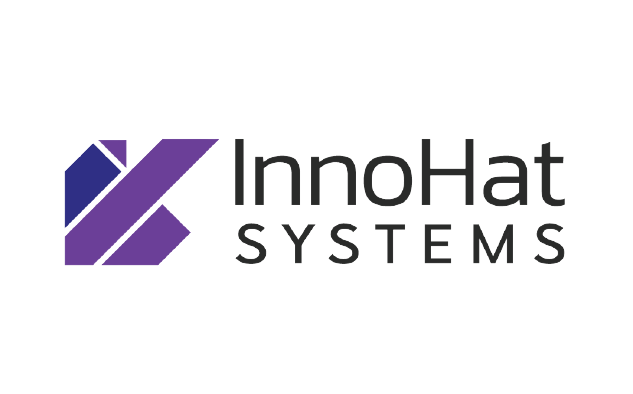3P Model for a successful RPA marathon
By Venkat Aravamudan | December 2, 2020

Many large enterprises have started their RPA journey quite earnestly. SMEs are just about dipping their feet to test waters. In this context, as a digital practitioner, I would suggest the 3P model in your RPA/Hyper automation exploration pursuit.
1. Proof-of-concept
2. Pilot project
3. Ongoing Program
Here are some suggestions to get most out of these Ps…
a) RPA is a necessary digital intervention. Do not waste your time researching as to whether RPA would suit your organization. Please be assured that RPA is relevant for every organization type and size and perhaps would fetch the best ROI amongst all other IT investments thus far. Hence no point trying to discover the obvious. Just start….
b) Proof of concept (POC). Once decided, the first activity should a POC. POC should be a short-window exercise that does not need more than 2-3 person-days of effort. Common mistakes people do is to conduct a POC for the entire process. That would in fact mean developing an entire solution itself. POC should ideally be conducted to check if the tool or the team have required capabilities to automate certain tasks such as data extraction from scanned images, screen scraping etc. POC should not be conducted to determine if the team/RPA developer understands a particular process or a domain. Or if this would fetch appreciable savings within the process.
c) Pilot Project. Once you are convinced about team and tool’s capabilities to handle important automation tasks; next step would be to identify a paid pilot project to automate one smaller process entirely or at the at least significant part of a larger process. A small process automation could be assignment such as fetching data from multiple excel sheets and applications to consolidate them and creating an MIS report with necessary formatting and validations. Alternatively, organizations could also choose one or two specific automation opportunities within a larger process such as talent acquisition, which in entirety, might encompass 8 or 9 distinct stages, right from candidate identification to onboarding. Ideal to choose a pilot assignment that could be completed within 4 weeks
d) While the Pilot assignment is on, different departments within an organization could embark on an exercise to identify repeatable manual tasks and sign up for Ongoing Automation Program. Some of these tasks might be simple rule-based repetitive tasks without a requirement for any thinking or reasoning, which a normal RPA could handle. Others might require some intelligence and judgmental calls by the user in which case RPA along with certain sections of AI such as Machine Learning, NLP, etc might be required. There are useful Process and Task mining tools that are available today to capture the number of manual keystrokes that are required to complete a particular task within an enterprise solution such as ERP. For example, keystrokes required to create a new item or a customer, or approve a purchase or a payment request, etc. Once captured, these tools would be able to analyze and provide a detailed report such as time is taken at every level or by every user to complete a particular task, the number of instances users have violated the process, such as short-circuiting approval process, etc. This report would throw light on most time-consuming manual activities within larger processes, that organization could prioritize to automate. Ideally, every department should have an annual automation target and try to achieve this so that overall organization efficiencies improve. Processes or activities could be broken down that could be automated in 4 weeks. That way, every 4 weeks, across multiple departments, there would be one process/sub-process. or an activity that would get automated. The automation possibilities might range between 60-100% depending on the manual tasks involved and the quality of output. It would be idealistic to expect 100% automation in every process in the first attempt. By tweaking certain processes and improving the quality of output, we can keep improving the accuracy levels closer to 100%.
Most organizations either stop at the pilot level or keep conducting multiple POCs without embarking on a larger program. Organizations could see guaranteed cost savings in the excess of 30% if they work on a structured approach to DISCOVER automation opportunities, BUILD pilots and projects, MANAGE the automation program using a command and control center, and MEASURE success with regular process insights.
RPA should not be treated as a short sprint race. It is a long-distance marathon which you should successfully complete with definitive milestones
